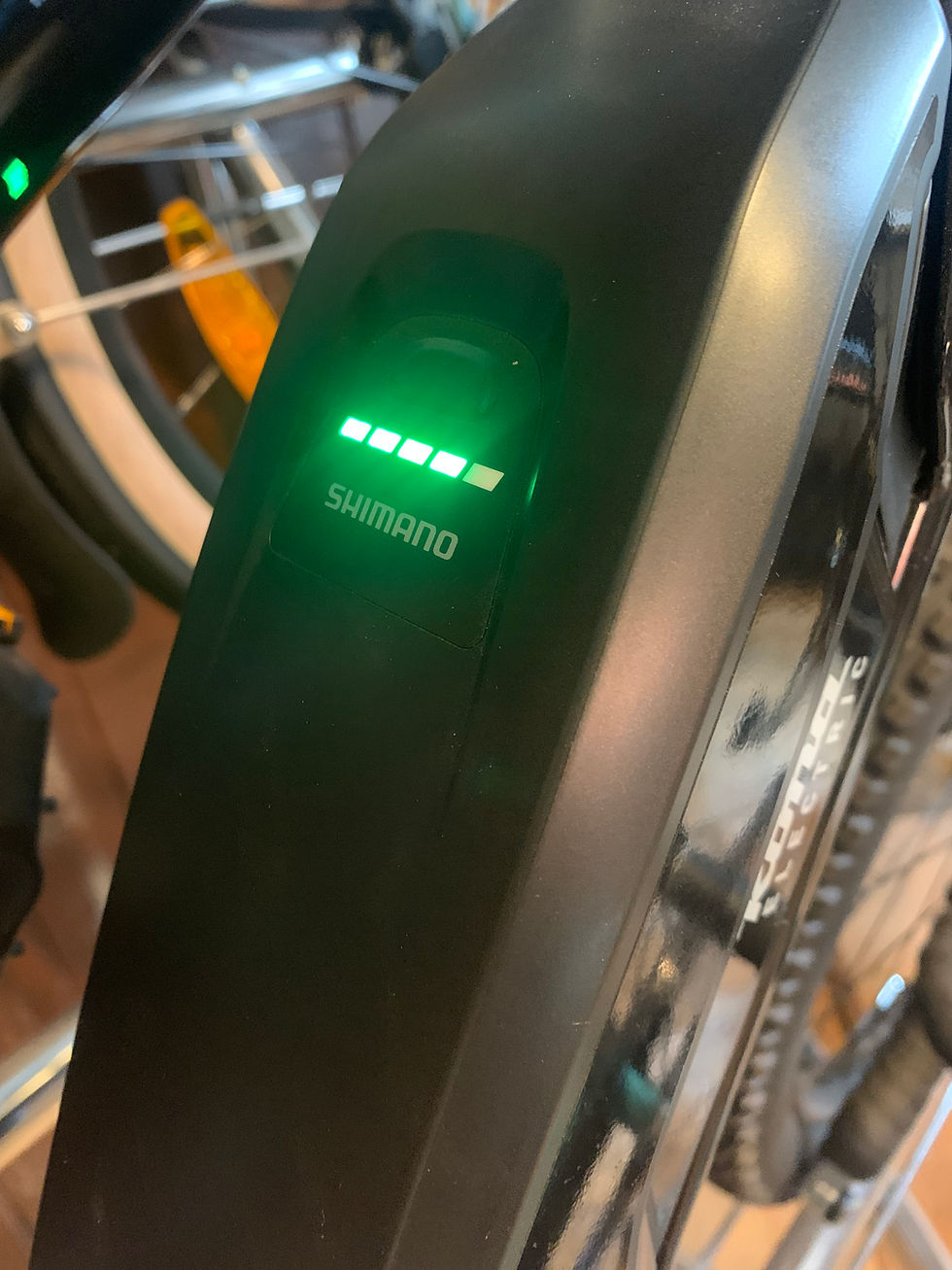Pssssst....!
- Feb 16, 2022
- 4 min read
Updated: Jun 18
You know the feeling - your bike's predictable handling starts to change as the steering and/or pedalling is changing for the worse. You're in denial but a puncture is a puncture. So what to do quickly and effectively? You need to get home!
I assume it will be the shortest, darkest and most miserable night of the year. Anything better than that will be a bonus.
Don't attempt to ride the bike on anything other than a complete flat. With softening tyres, ride carefully, keep your weight away from the offending tyre, and avoid heavy cornering. Pump up at intervals and after a while you will gauge if it is either worth keeping that up or stopping and fixing. Pro's and con's either way, it will be an annoying faff to stop every 10 minutes but no hard work, or, stopping to fix in the knowledge that unless you are VERY unlucky, you will get home more quickly.

It's swings and roundabouts really. So assuming you have to stop and fix it good and proper.....
Preparation
Find a space, if possible, away from the road, in good light. If preferable find some shops but this might be an ask.
Park up. For rim brakes disengage as applicable and unclamp the quick releases. If you have disk brakes, this may not be relevant. The wheel will slide out but more care is needed when reinstalled. With a back wheel, and derailleur etc, you should set to the highest gear (smallest sprocket) first, to make the wheel easier to remove and replace.
If you've got a thru axle, unscrew and put it in your pocket immediately! This is because front thru-axles develop legs when you disconnect your wheel, and endanger you from not finding any means of riding your bike home. (unlike quick releases that are loyal to your wheel) If you have solid, bolted axles, I would always recommend you carry the correct size spanners. Lightweight cone spanners are readily available from several good quality manufacturers.
I try to find a post, a bollard, a fence that support the bike by its saddle from like an impromptu bike stand. Only because if you just lay the bike on the ground you will either scratch or foul up your forks or rear derailleur, or your brake hoods and digital devices.
Get to work on your wheel. In the dark, you will need to put all the valuable things like levers, tools, etc. on a clear surface (a cap, a snood or in your pocket) as these can go walkies too. Maybe they've arranged a meet up with the thru axle (!)
If your tyre is easy to remove, then without levers slide off the whole tyre. Otherwise it's lever time. This is covered in a separate yet-to-be-published "How to remove your tyre without going berserk" post. Carefully you need to feel for embedded metal, thorns or glass etc inside the carcass. In the best light possible try to work out the offending object, and keep searching until you are satisfied no offending objects remain.
Installation
Feed one side of the tyre's beading back on to the rim. you might not see what the rotational direction of the tread is, don't worry as you can sort that out at home later. Then find the valve hole on the rim and introduce it to the valve of the new tube.
With the pump, or if you feel intimate with the tube, your mouth, get a small amount of air into the tube just so it's got some shape. Sit the tube on the rim and then starting from the valve, re-bead the tyre being careful not to pinch but encase the tube. This will become clearer as more tyre bead is on the tube than off. If the tyre and tube does get tight, (a likelihood) try as much as possible to roll the bead over the rim. It can use the tube as a sliding factor to land into the rim, just make sure the tube isn't pinched.
Once on, check the tube is not visible by going around the tyre methodically, and if you can, roll the wheel fully set up, on some concrete or firm ground to really get all the inner tube nicely tucked inside the tyre. The valve will need a push as well, just in case it has brought the tube out either side of the beading.
Nearly there - inflate your tyre now! Because there's nothing worse than putting on a 'fixed' tyre and tube, doing the whole chain and derailleur thing, then the quick release, to find the tyre going flat for some reason or another.
Don't rush the last and most important bits - slotting the disc carefully into the disc brake caliper, or making sure your v-brake or cantilevers are correctly re-assembled. And of course, you have tightened your axle in its appropriate way.
So, hopefully, there you have it. You should be back on the road, maybe a bit colder, but for the time being happy you're not pushing your bike aimlessly on the pavement or phoning home for roadside rescue!
Terms and conditions: Recycle-a-bike Uxbridge is not responsible for the content of external websites. Any link to a third party website, from the blog or news pages should not be interpreted as an endorsement.





Comments